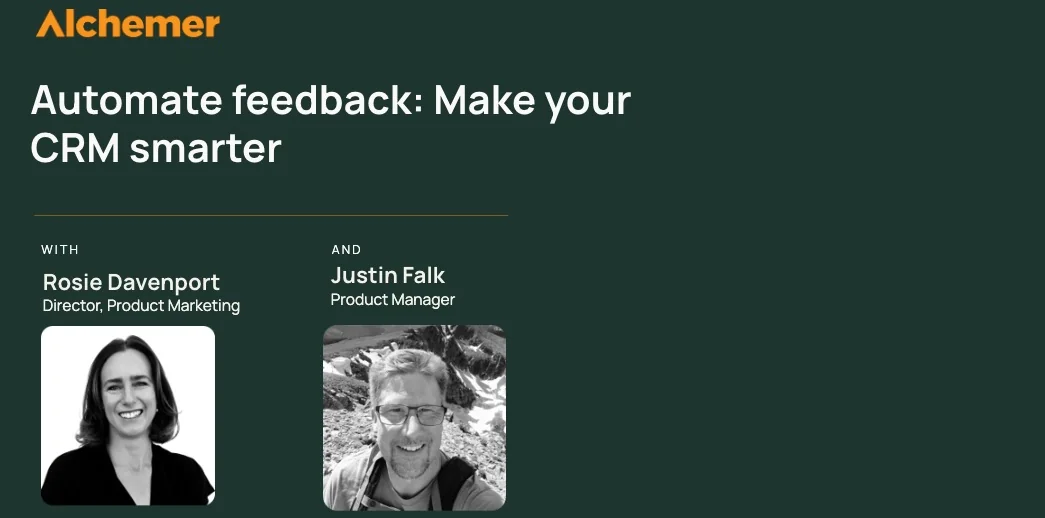Analyzing and presenting qualitative data can seem a bit like a game of Telephone. What’s meant by the users may not end up exactly what’s heard by or presented to the product team. Failure to properly interpret, present, and act on data collected can be a frustrating waste of time and money. And nobody wants that.
We’ve already talked about when to use qualitative data and how to use this data with quantitative data. The next step is analyzing that data and presenting it. There are some best practices to make the most of all those phone interviews, open-ended responses, and focus groups.
Analyzing Your Qualitative Data for Optimal Results
Step 1: Clean it Up
First things first, delete the spam. Having reliable data is essential to building a strong foundation of information from which you can make smart decisions. ‘Clean data’ may as well be synonymous with ‘usable data’.
There are some symptoms to look for when inspecting your survey data for anomalies. You can read a full list here, but to name a few, keep an eye out for:
- Too-Fast Completion Times
- Only Checkboxes Selected
- Suspicious Answer Patterns
Step 2: Set the Plan in Motion
Once you’ve cleaned up your data, determine how you’ll capture these results. Unlike quantitative data, qualitative results won’t be numbers, but sentence fragments, descriptive words. Will you track keyword frequency using word clouds? Will you rate responses based on perceived emotions?
There will likely be some subjectivity here, but that’s to be expected. What’s important is that you have a plan for consistency, and you stick to it. Write down and be prepared to explain your reasoning for how you rated responses.
Step 3: Revisit the Purpose
Before you jump into drawing conclusions from the data, look back at the original purpose of your research.
Namely, what questions were you hoping to answer?
As you sort through the data, highlight the points that are relevant to each learning objective you set when you started. There may be unexpected pieces of data that don’t fully align with what your objective was. Don’t overlook this information, but remember to first address what you set out to do.
Step 4: Look for Themes
Qualitative data provides you with the ‘why’ about your user’s experience.
This research gives you an idea of what the population feels or thinks. While you’re exploring the data, look for the problems or opportunities that arise.
This data can provide uncovered patterns or trends that may get overlooked from quantitative research.
Presenting Qualitative Data to Stakeholders
Determine the Audience You’re Talking To
Before you get crazy with Google Invites to your Survey Results Meetings, pause. Consider who-needs-to-see-what from the data you’ve collected and analyzed. Your marketing team may not need to know the exact same points as the product team, and vice versa.
It’s not necessary to include all data points in every presentation or discussion that comes from these surveys either. In fact, focusing your presentations to the specific team you’re sharing information with will allow more progress.
We find keeping these meetings tailored to the stakeholder’s own needs results in better meetings, more engagement from attendees, and better by-in for next steps.
Use the Right Visuals
Presenting your data clearly and effectively is essential to a successful survey experience. Since your data won’t be straightforward numbers, you’ll have an opportunity to get creative with your presentations.
There are many ways to show off the data you choose to present, and you can see a partial list here. Alchemer users are able to easily make pie charts, vertical bar charts, histograms, word clouds, and more.
Determine Your Next Steps
You have your results, but what do they all mean!? From this process, suss out concrete action steps to address the problems or opportunities that result from your analysis.
Set clear, trackable objectives for your team to act on moving forward, and incorportate feedback from the team to ensure that you benefit from everyone’s expertise.
Create a timeline for these measures for you to follow up on, setting expectations and deliverables for everyone involved.
Measure and Revisit Your Actions
After you’ve determined your next steps, revisit the timeline you’ve set for your team’s actions and track the metrics. Reassess the initial problem or opportunity you were exploring.
Did you have an improvement in the determined objectives?
Did clients respond to the actions you took?
Consider using the Agile Marketing Research process in an effort to gather this data and respond quickly.




